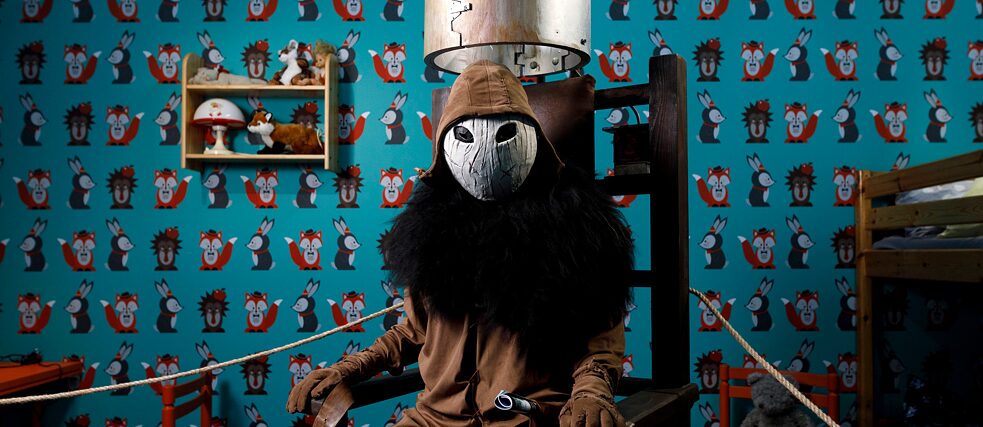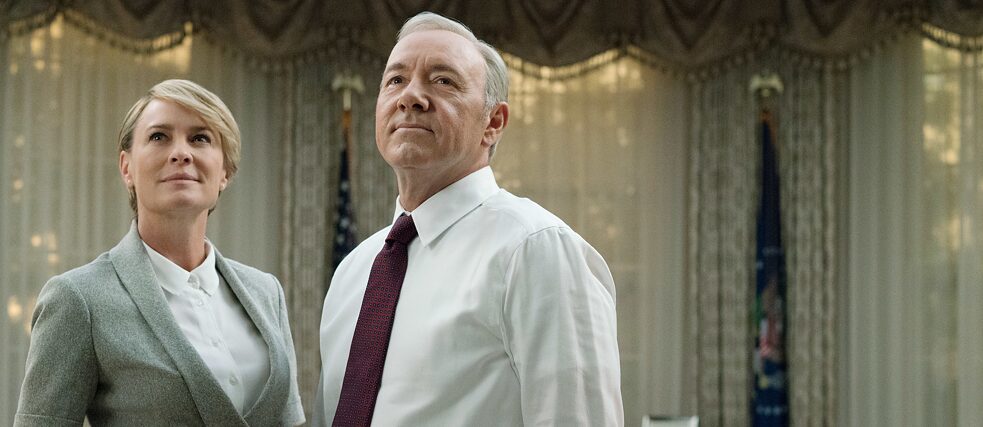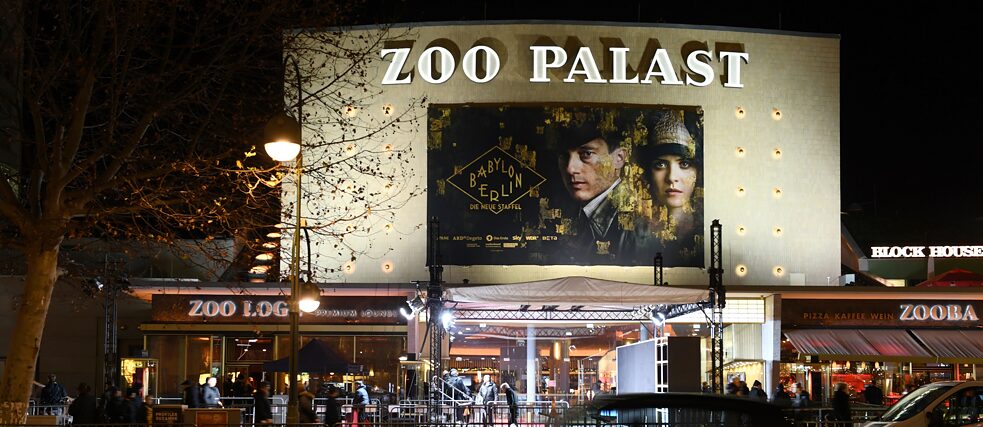Streaming services
On demand

From Netflix and Apple TV to RTL Now, Germans are streaming more and more series and films. Public broadcasters are jumping on the bandwagon and making their own series looking to conquer the international market.
By Romy König
Netflix, Amazon Prime Video and their fellow streaming services are engaged in an exciting free-for-all. In a recent study, the Goldmedia research group found that paid and advertising-supported streaming video service providers generated a total turnover of 3.6 billion euros in Germany alone at the end of 2019. According to analysts, these figures will continue to rise and experts expect annual average growth of 13 percent until 2024.
Leading the pack in Germany at the start of 2020 were Amazon Prime Video with greatest number of streaming subscriptions sold and its biggest rival Netflix, who was ahead in daily access numbers. The California-based broadcaster features films from outside producers and increasingly more in-house content known as Netflix Originals. After the fantastic international success of series like Stranger Things, The Crown and Black Mirror, Dark was the first German Netflix production in 2017. Amazon is also churning out content including star-studded series like Homecoming with Julia Roberts, Modern Love with Anne Hathaway and, in Germany the next season of comedy series Pastewka.
But Netflix and Amazon are not alone on the market. In 2015, pay TV channel Sky also introduced their Sky Ticket streaming service. Disney+ launched in Germany in March 2020 and immediately stormed the German streaming charts to sixth place with its Star Wars series The Mandalorian. Private TV broadcasters are also looking to get their piece of the streaming pie. RTL’s TV Now and ProSiebenSat.1’s Joyn were designed as advertising-financed platforms, but have since been expanded to include premium subscription options. Apple TV Plus is another newcomer on the market that shows entirely in-house productions.
 Many signed up for a Netflix account just to watch the Underwoods’ political machinations in “House of Cards”.
| Photo (detail): picture alliance/Everett Collection/David Giesbrecht
Many signed up for a Netflix account just to watch the Underwoods’ political machinations in “House of Cards”.
| Photo (detail): picture alliance/Everett Collection/David Giesbrecht
Young people moving away from linear television
The number of streaming providers is growing to keep up with changing consumer behaviour. Although many people in Germany still watch conventional television, the percentage of television users in the total population is declining. The younger generation in particular is turning its back on television, as a study carried out last year by broadcasters ARD and ZDF found. According to the study, 60 percent of 14- to 29-year-olds watch TV at least once a week, while 75 percent watch a video via a streaming service at least once a week. Additionally, two-thirds of younger media users say that they watch TV programmes on the net at least once a week with a time delay, often accessing the major broadcasters’ media libraries, for example.
Media library for expanded access
Public broadcasters are also responding to these shifts in viewer behaviour. While private broadcasters are launching paid streaming services, the ARD broadcasting company is looking to “massively expand” its media library. This includes releasing shows digitally even before they are broadcast on TV. This includes the historical series Unsere wunderbaren Jahre (Our Wonderful Years), which was available online ahead of its television premiere and with around 7.6 million hits online, ultimately reached more viewers than the linear TV broadcast.
ZDF’s chairman Thomas Bellut is also looking to up his broadcaster’s media library game to secure its future, as he reportedly told producers at 2018 conference. The ZDF media library will be expanded to include content that is only loosely related to the linear broadcast of a program, or perhaps totally unrelated. ZDF says it will focus in particular on its special interest channel ZDFneo, which is recording increasing access figures in the media library. According to ZDF, the younger target group in particular is “attracted by ZDFneo’s in-house formats, commissioned productions, co-productions and international license purchases”. The station caused a sensation when it produced the Drinnen and Liebe.Jetzt! (Inside and Love. Now!) series on short notice during the coronavirus lockdown and released them first in the media library and later on ZDFneo as a compilation.
 “Babylon Berlin” set a new benchmark, making inroads into the huge opening night parties otherwise reserved for movies by celebrating the release of the third series at the end of 2019 in proper style.
| Photo (detail): picture alliance/Reuters/Annegret Hilse
“Babylon Berlin” set a new benchmark, making inroads into the huge opening night parties otherwise reserved for movies by celebrating the release of the third series at the end of 2019 in proper style.
| Photo (detail): picture alliance/Reuters/Annegret Hilse
International quality films – made in Germany
In both content and design, public broadcasters have already been trying to keep up with big international productions for quite some time. Bad Banks and Babylon Berlin have been their response to hit series House of Cards and Breaking Bad. Both are horizontally narrated series with multi-layered characters and creative scripts so well produced that they have attracted an audience of millions.
Public broadcasters are joining forces with private broadcasters or companies to make these high-quality series. Babylon Berlin, a huge production with a budget of 38 million for the first 16 episodes alone, several hundred locations, 180 days of shooting and 5,000 extras, was co-produced by public broadcaster ARD and private broadcaster Sky. Although it was partly funded by public money, all three seasons completed to date were initially broadcast on the pay-television channel and did not run on ARD until months later. In response to critical questions from media magazine DWDL, ARD chairman Volker Herres replied that such co-operations were the only way to “guarantee such exceptional quality”. Broadcasters are looking to sell their shows on the international market as well. Bad Banks, for example, a co-production of public broadcasters ZDF and Arte and two private film companies from Hamburg and Luxembourg, has not only been sold to many countries, but also to various streaming platforms, including Netflix, Amazon Prime Video, HBO Scandinavia and the US platform Hulu. With its next large-format production, ZDF is focusing even more on international marketing and the film adaptation of Frank Schätzing’s bestseller Der Schwarm (The Swarm) is still planned for 2020. The film will be shot in English, with Game of Thrones producer Frank Doelger on board as are broadcaster RAI, France Television and the Scandinavian platform Viaplay as partners.
Comments
Comment